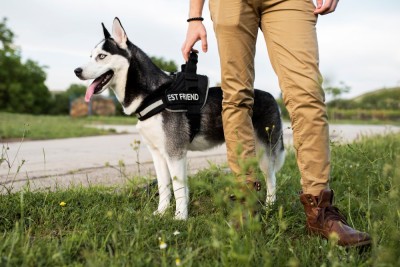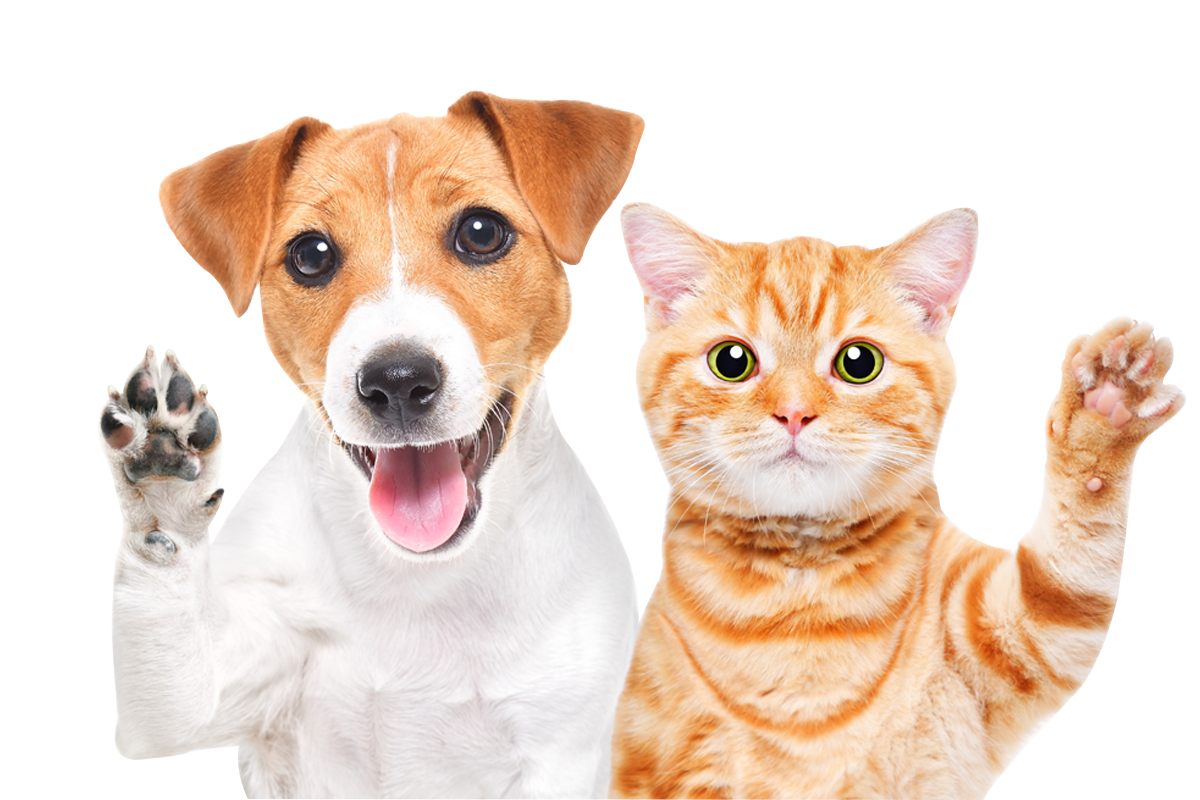
Dogs are beloved companions, bringing joy, comfort, and loyalty into the lives of millions. However, with great love comes great responsibility, and ensuring the safety of your furry friend at home and in the outside world is paramount. From home safety measures to outdoor precautions, this guide offers essential tips to protect your pup in all environments.
In the UK, an estimated 13 million dogs lived in households between 2019 and 2022, showcasing the nation's love for these four-legged friends. However, the potential for accidents, illnesses, and even theft underscores the importance of proactive safety measures.
According to the PDSA, over 40% of pet owners report unexpected veterinary costs annually due to accidents, many of which are preventable. “The well-being of our pets is often in our hands,” says Dr Sarah Hughes, a veterinary expert, “and prevention is always better than cure.”
Your home should be a sanctuary for your dog, but it can also be a place of hidden dangers. Everyday household items like cleaning supplies, medications, and even certain foods can be harmful to dogs. The RSPCA notes that substances such as chocolate, grapes, and onions can be toxic, causing severe reactions or even death in dogs. The Animal Poison Control Centre received over 180,000 reports of pet poisonings last year, highlighting the prevalence of this issue. So, to secure the toxic substances, store these items in high, locked cabinets.
Also, dogs love to explore, but unsecured furniture can tip over and cause injuries, especially for energetic pets or young children. Choose stable designs, use anchors to secure heavy items, and ensure shelves and cabinets are appropriately balanced.
Lastly, dogs, especially puppies, are notorious for chewing. Exposed wires can lead to electric shocks, severe injuries, or even house fires. To protect your pets and home, use cord protectors, organise cables, or hide wires behind furniture securely. Consider training your dog to avoid cords.
The great outdoors is filled with excitement—and potential risks. From public parks to your garden, ensuring your dog’s safety in outdoor spaces is crucial. Your garden should be a secure environment where your dog can play freely. Ensure fences are tall enough to prevent jumping and inspect for holes where dogs might squeeze through. The issue of dogs going missing in the UK is significant, with thousands reported each year. For example, nearly 5,000 dogs were reported missing between January 2023 and June 2024.
Factors like garden security play a role in pet safety, as highlighted by pet welfare discussions.“Secure fencing is one of the simplest ways to prevent dogs from wandering and facing danger,” says Andy Bennett, a dog behaviourist.
Certain plants like foxglove, daffodils, lilies, and oleander are toxic to dogs, potentially causing severe reactions if ingested. Avoid planting these, or create a dog-free zone in your garden with fencing or barriers. Regularly inspect your garden and remove any mushrooms, as some varieties are highly toxic to pets. Consider researching local flora to identify additional plants to avoid.
Social settings and interactions with other pets require careful management to ensure the safety of everyone involved. Early socialisation is crucial in shaping a well-adjusted and confident dog. Introducing your puppy to new environments, people, and pets gradually helps reduce the likelihood of aggressive behaviour. Studies show that dogs socialised properly before 16 weeks of age are 75% less likely to develop behavioural issues, according to findings published in the Journal of Veterinary Behaviour. Using treats and positive reinforcement during these introductions can help create positive associations, fostering a sense of security and trust in your pup.
Additionally, monitoring playtime is essential, even among friendly dogs. Play can sometimes escalate unintentionally, leading to accidental injuries or conflicts. Supervision ensures that interactions remain positive and controlled, minimising risks while encouraging healthy social behaviours.
Travel safety is essential whether you are heading to the vet or embarking on a road trip with your dog. Using proper car restraints is critical, as unrestrained dogs can become distractions and are at significant risk during accidents. Investing in a crash-tested harness or a travel crate ensures their safety and yours.
Research from Direct Line Insurance found that 10% of dog owners in the UK do not restrain their pets while driving, which increases the likelihood of accidents. Helen Smith, a pet safety advocate, emphasizes that “securing your pet in the car isn’t just about safety; it’s a legal requirement in the UK.”
Additionally, planning for breaks during long journeys is vital. Make sure your dog has access to water and opportunities to stretch their legs. Always use a leash when exiting the vehicle to prevent them from running off, ensuring a safe and stress-free trip for everyone.
Emergency preparedness is crucial for managing unexpected situations effectively, especially when it comes to your pet’s safety. Learning basic first aid for dogs, such as treating wounds and performing CPR, can be life-saving in emergencies. Organizations like the British Red Cross provide courses tailored for pet owners to equip them with these essential skills.
Additionally, keeping emergency contacts handy is vital—ensure your vet’s contact details and the number of a 24-hour emergency clinic are saved on your phone. Notably, only 60% of dog owners in the UK know the location of their nearest emergency vet, highlighting the importance of being prepared. Creating a first aid kit tailored to your dog is another proactive step; include essentials like bandages, antiseptic wipes, and tick removers to handle minor injuries effectively.
Protecting your dog requires vigilance, preparation, and a commitment to creating a safe environment. By implementing these tips, you not only safeguard your furry friend but also strengthen the bond of trust and love between you.
As the saying goes, “Prevention is better than cure.” With the right measures, you can enjoy peace of mind knowing your dog is safe, happy, and thriving.
Each year, numerous dogs, cats, and other animals go missing or are stolen. Notify Lost Pets Ireland about your lost pets, and we can inform thousands of people in your vicinity within five minutes.
Report Pet
We and selected third parties use cookies to give you the best browsing experience. By clicking Accept All you consent to the storing of cookies on your device for functionality, site navigation, analytics and marketing including personalised ads and content. You can adjust your preferences at any time.